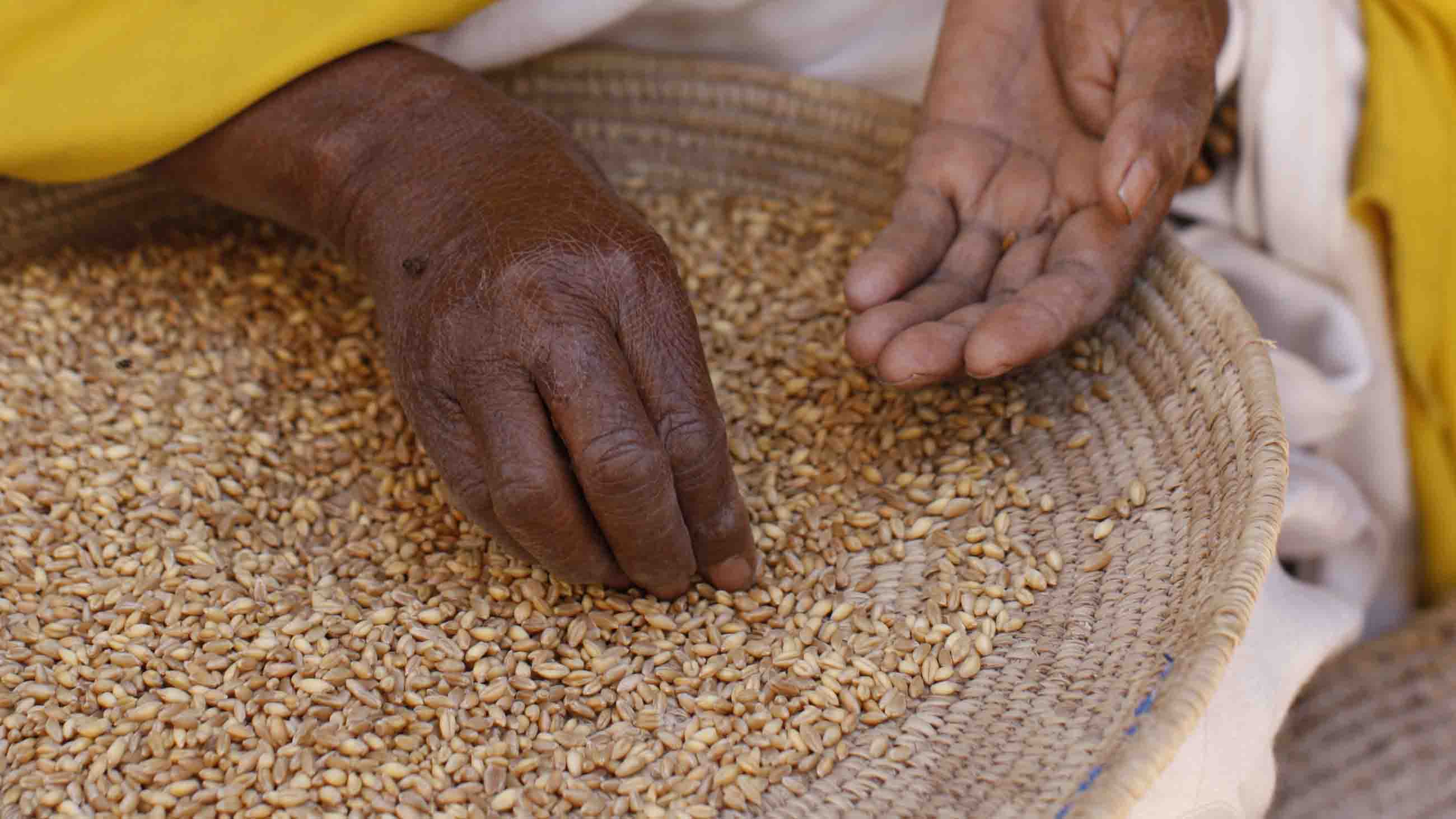With a Precious Crop Under Threat, Scientists Scramble for Solutions
The video below is the second part in a six-part series examining the scourge of Ug99, a type of fungus that causes disease in wheat crops — one that scientists worry could threaten global food supplies. Visit our series archive for all published episodes.
Along with rice, wheat is the most important staple food globally. It provides about one-fifth of all calories consumed, and about 4.5 billion people rely on it in their daily diet — as pap (a type of porridge), bread (including flatbread like chapati), or spaghetti.
Wheat production also increases globally year by year. The Food and Agriculture Organization of the United Nations (FAO) recorded gains from 626 billion tons produced between 2005 and 2006, to 730 billion tons in 2014-15. But as the global population continues to swell, the FAO estimates that demand for wheat in the developing world will grow by as much as 60 percent over the next three decades.
Because wheat is a globally traded commodity, prices can fluctuate widely, hinging in part on supply and demand at the big exchanges. When a pathogen like Ug99 destroys harvests in one of the bigger production areas, the effects are felt worldwide.
“If the exporting countries are not able to produce enough, they will care most about producing for their own use,” said Godwin Macharia, a scientist at the Kenyan Agricultural and Livestock Research Organization. That means that countries depending on imported wheat will suffer most. “I see a situation where we have food shortages all over, maybe food protests,” Macharia said.
The risk is high, because out of all wheat varieties cultivated worldwide, somewhere between 70 and 80 percent are susceptible to Ug99 and its variants.
Coming next week, Part 3: The Hunt for Resistance
Kerstin Hoppenhaus and Sibylle Grunze are the founders of Hoppenhaus & Grunze Media, a Berlin-based film production studio specializing in documentary coverage of science.











Comments are automatically closed one year after article publication. Archived comments are below.
I believe global wheat production is around 730 million tons/year. Not Billions. That’s the error.
Is there some error in the reported statistics? This article quotes a figure of 730 billion tons of wheat produced worldwide per year. The total human population is roughly 7.6 billion. That’s just under 100 tons of wheat for every human being on Earth! People eat 7-8 tons of food per year so this suggests an enormous surplus, not a looming shortage.